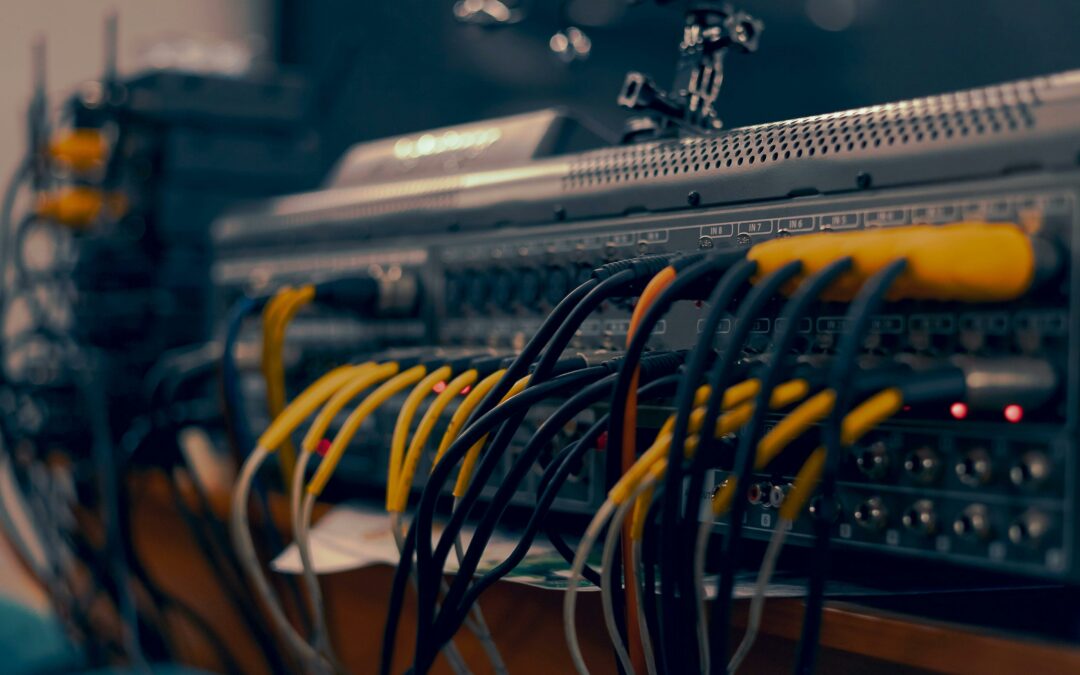Cabling and wiring installations are the core of any electrical system, whether it’s in a home, an office building, or a data center. Despite appearing straightforward, the installation process requires meticulous planning and attention to detail to guarantee functionality, safety, and ease of maintenance.
Here are the essential factors that you must consider for a successful cabling and wiring project.
Understanding Your Requirements
You should clearly outline the purpose of your cabling installation. Do you manage a large office space’s network infrastructure, or are you setting up a home entertainment system? The sort of cables you need will depend on your particular requirements. Here’s a deeper breakdown:
- Power Cables: These cables transmit electrical current to power devices and appliances. The size and type of power cables required depend on the voltage specifications and anticipated load (amperage) they will bear.
- Data Cables: These cables facilitate the transmission of data signals, such as Ethernet cables for computer networks or coaxial cables for cable TV. Data cables come in many categories, each tailored to different bandwidth capacities for managing data transfer speeds.
Selecting the Right Wire
Once you’ve grasped your needs, the next step is selecting the appropriate cables. These are some important factors to consider:
Wire Gauge
This denotes the thickness of the wire, typically identified by a numerical gauge system. Thicker wires (lower gauge numbers) can accommodate higher current loads. Opting for the right wire gauge prevents overheating and potential fire hazards.
Cable Rating
Cables are assigned specific voltage and amperage capacities. Exceeding these ratings can lead to cable damage and pose safety hazards.
Environmental Factors
Will the cables be exposed to extreme temperatures, moisture, or sunlight? Opting for cables with suitable insulation materials and weatherproofing ensures durability and optimal performance.
Planning the Layout
An efficiently planned cabling layout is indispensable for both operational efficiency and future maintenance. Here are some key considerations:
- Optimal Route, Maximum Efficiency: Route cables along the shortest feasible path while steering clear of sharp bends or kinks. This minimizes signal loss in data cables and guarantees efficient power delivery.
- Labeling and Organization: Clearly labeling all cables at both ends facilitates future identification and troubleshooting. Employ cable management systems like conduits or cable trays to maintain organization and prevent tangling.
- Maintenance Accessibility: Anticipate future access to cables for maintenance or upgrades. Avoid routing cables behind permanent fixtures or in inaccessible locations.
Prioritizing Safety
Safety takes precedence during any cabling and wiring installation endeavor. Always adhere to the National Electrical Code (NEC) or pertinent local electrical codes. These codes guide safe cable selection, installation techniques, and grounding practices. For intricate installations, contact a qualified electrician to ensure compliance with safety regulations.
Conquering your next cabling project can feel overwhelming. But worry not! Kazar’s Electric Inc. is here to guide you. Our licensed electricians have the expertise to ensure a safe, efficient, and future-proof installation. Don’t settle for frustration; contact us today for a quick consultation.

